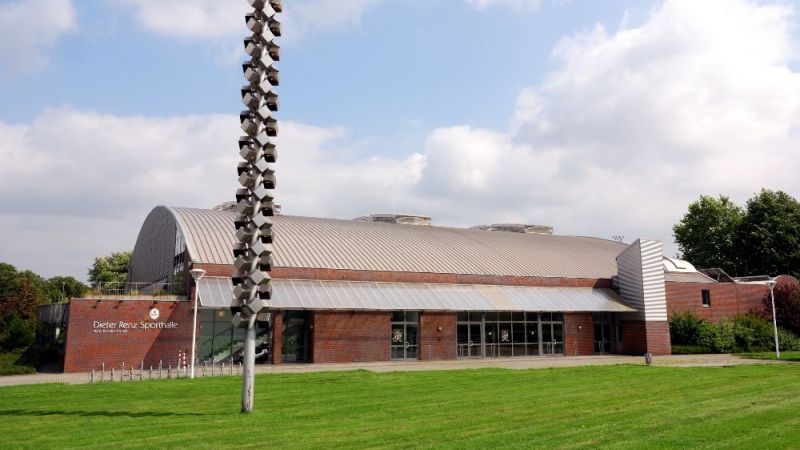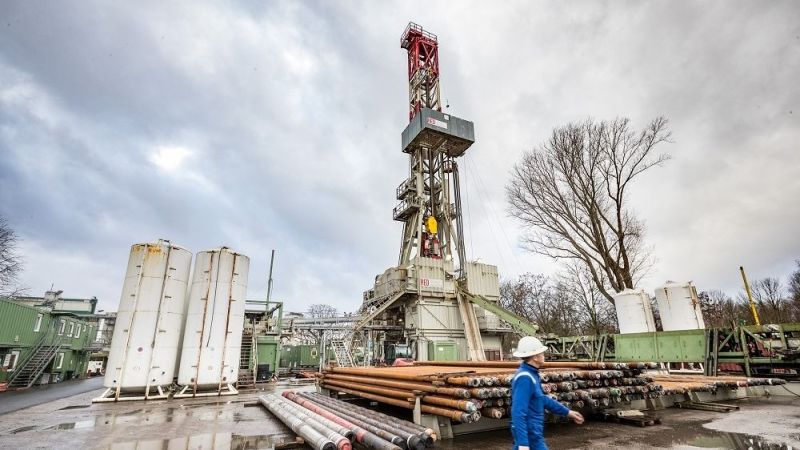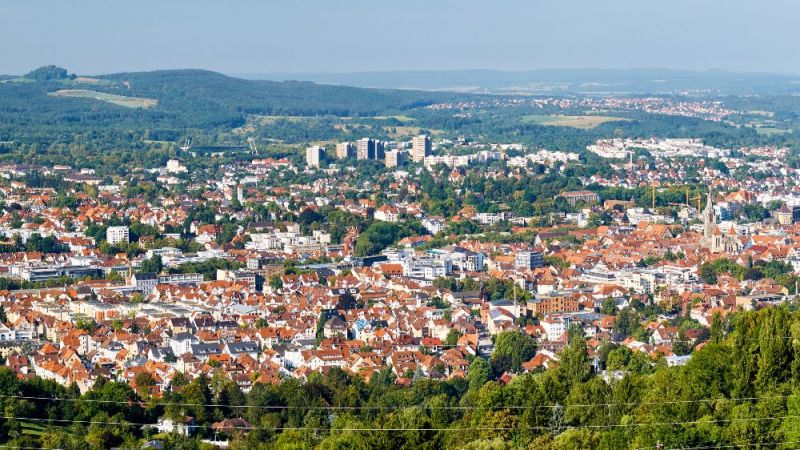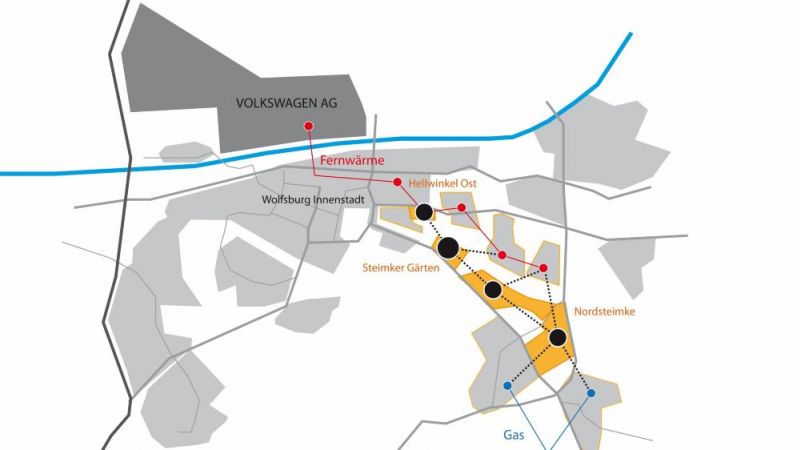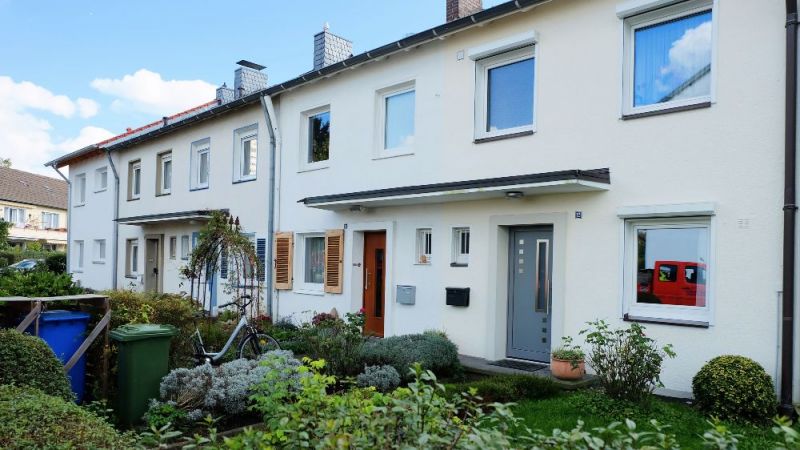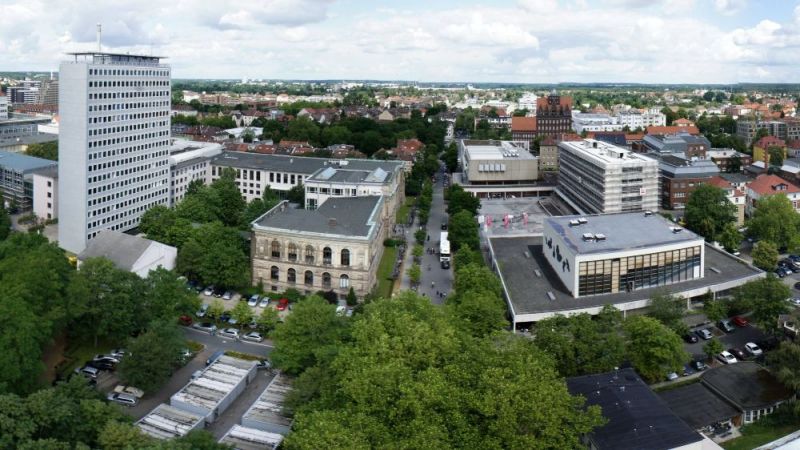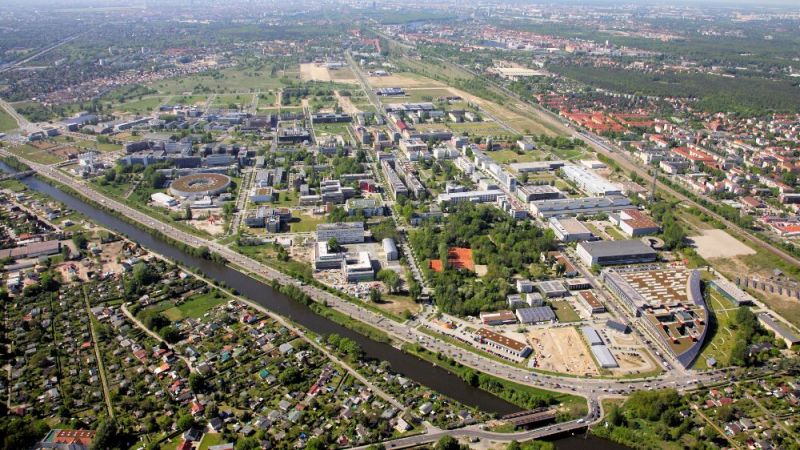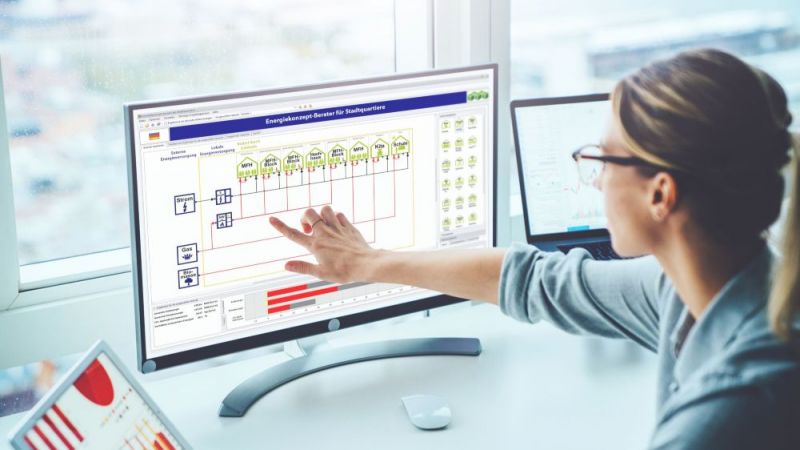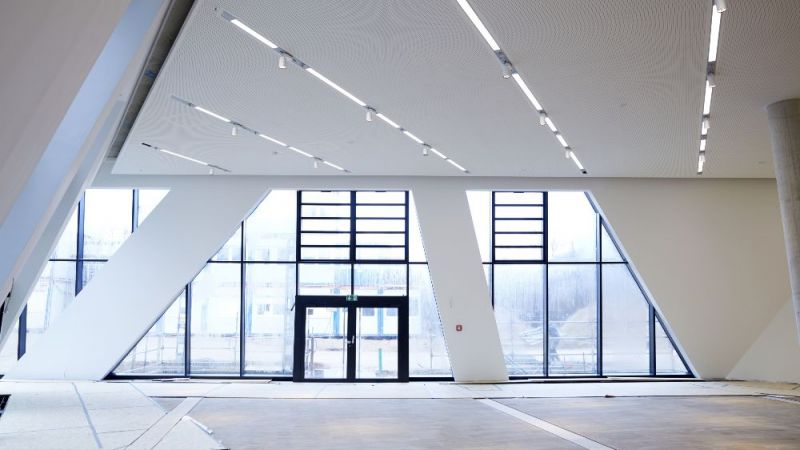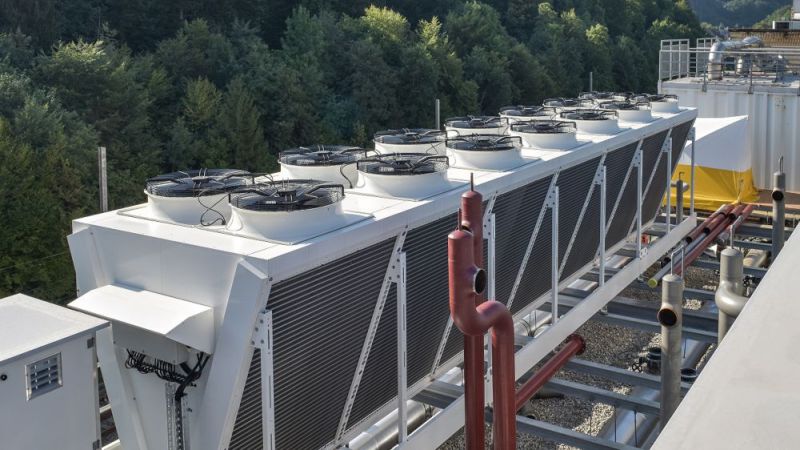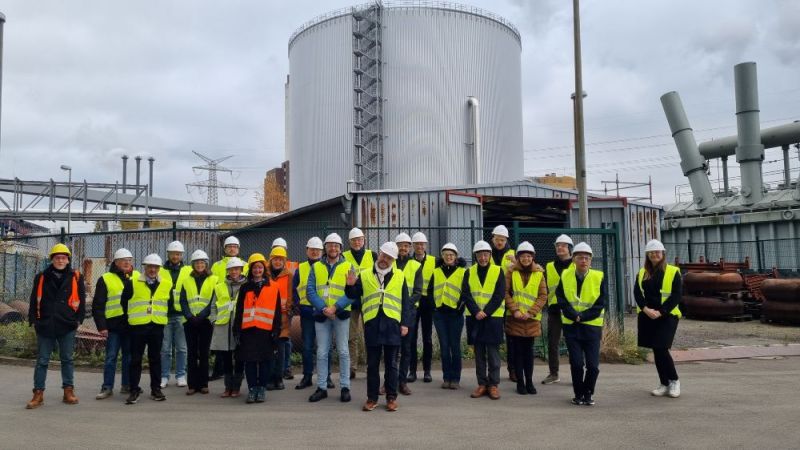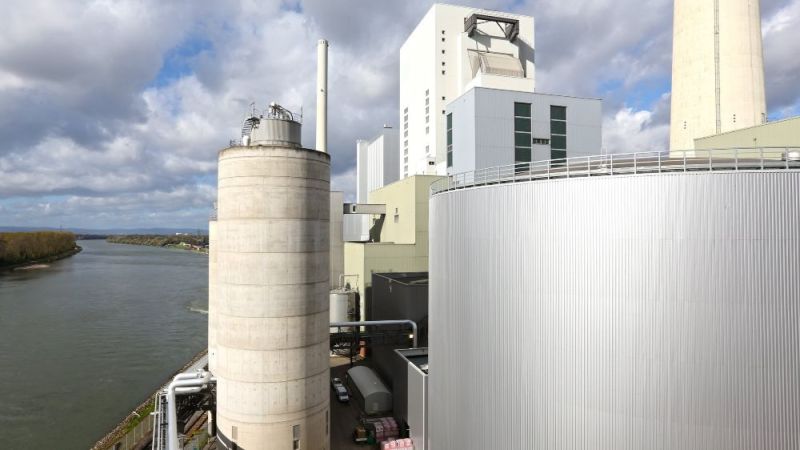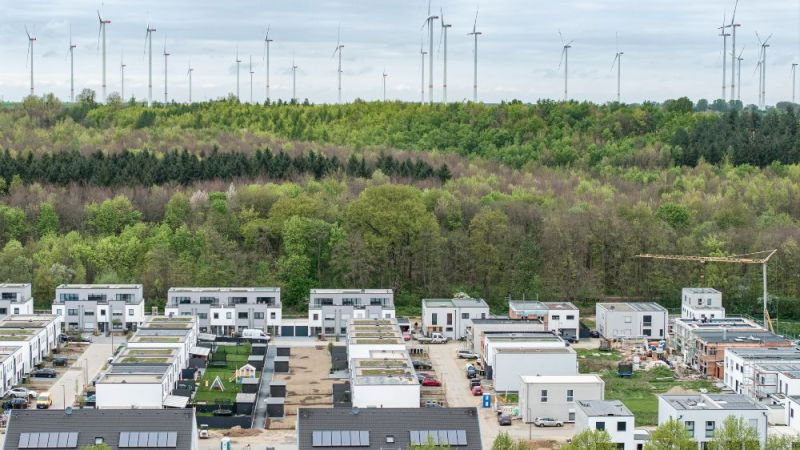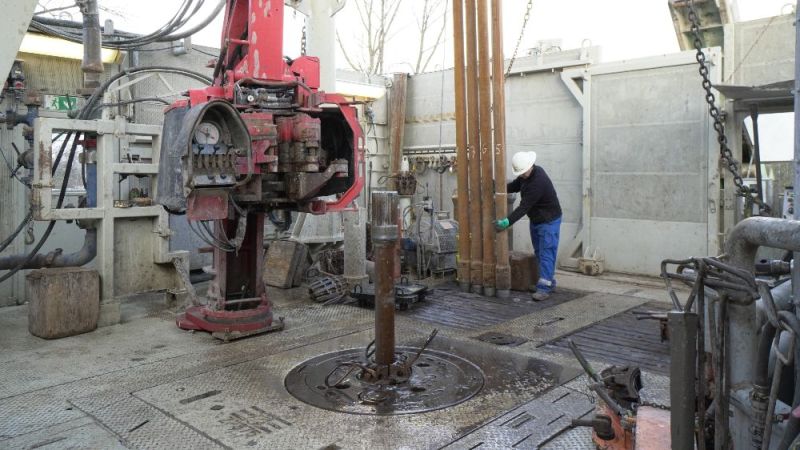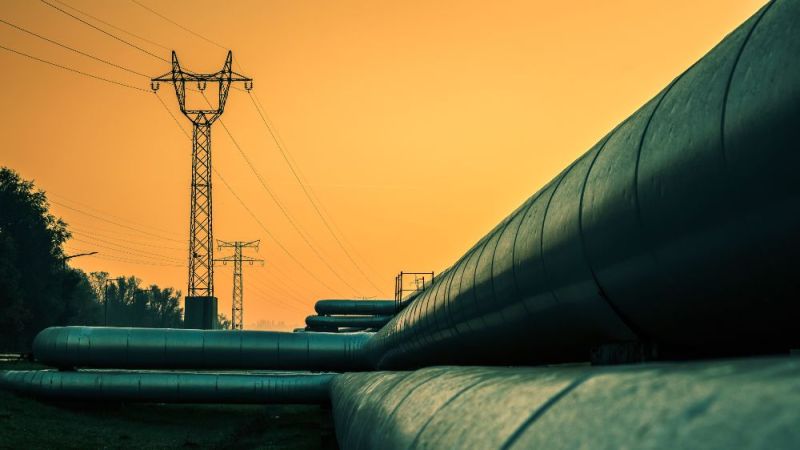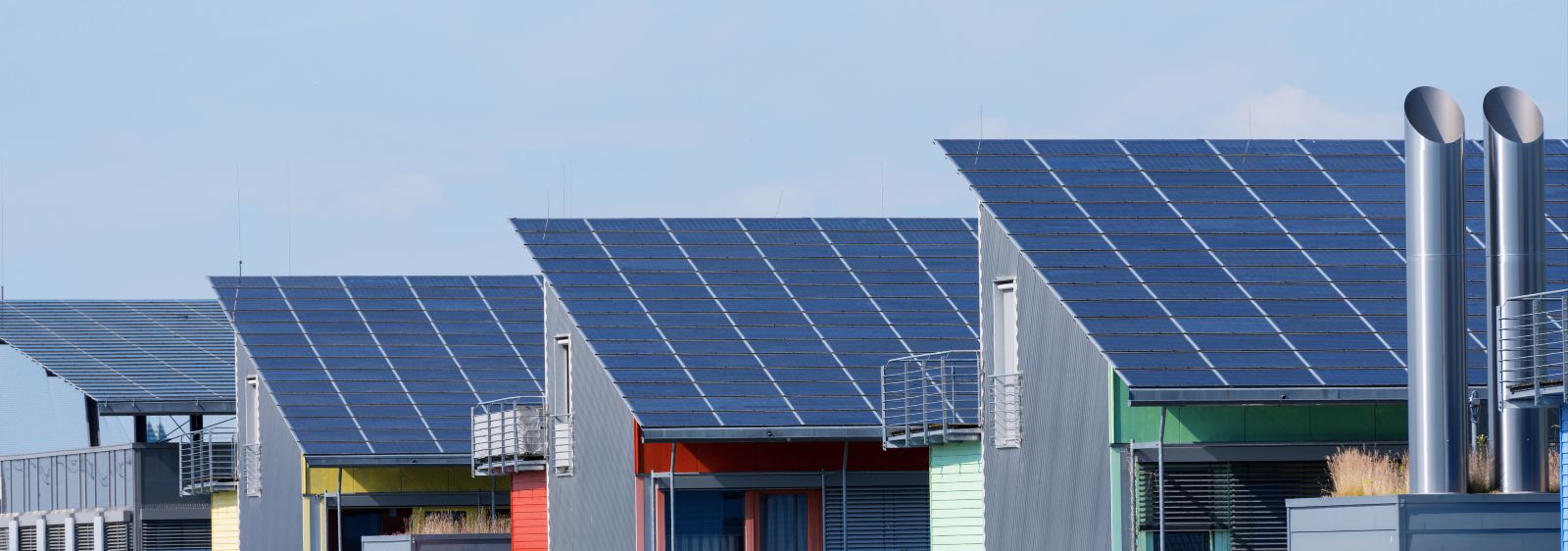
A blueprint for energy-efficient housing renovation
Residential Complex Aims for Net-Zero Energy Supply
The housing association GWG Städtische Wohnungsgesellschaft München worked with architecture firm Stocker, engineering firm Ebert Ingenieuren, and the Fraunhofer Institute for Building Physics (IBP) to develop an energy-efficient renovation concept for a residential complex dating from the 1950s. The aim was to renovate the residential complex so that primary energy demands for heating and domestic hot water are reduced to at least 50 % of the permissible value for new buildings in accordance with Germany’s Energy Saving Ordinance EnEV 2007. CO2 emissions from residual energy requirements were to be offset by renewable energy generation within each apartment, resulting in net-zero emissions over a one-year period.
Small apartments, which were mostly narrow and with enclosed rooms, were converted into larger apartments. Layouts were redesigned, balconies added, and lifts installed to make the building more accessible. A new storey was added to each building. An underground car park and central heating plant were also constructed under the courtyard, as well as a new building over the underground car park exit. As a result of the new layout structure, the total number of apartments was reduced from 149 to 140.
Resol hard foam insulation (WLG 022) was used for the exterior walls, while street-facing facades were insulated using vacuum insulation panels (VIP). A double-layer overlapping system known as the VIP lock system offered the best solution for the specific issues encountered when using VIP panels. Triple-glazing was used for the windows along with high-performance, energy-efficient frames, while basement ceilings were insulated using vacuum insulation panels in the building’s ground floor screed. Half of the apartments were ventilated solely using windows. Extractor fans were installed in bathrooms and toilets in the other apartments to take into account the interim amendment to the German standard DIN 1946 Part 6.
Energy concept
Heat was generated using a solar thermal system as well as a groundwater-linked gas engine heat pump combined with a gas-condensing boiler for peak demand. The heat pump was to meet 70 % of heating requirements.
One feature of the heat pump is that it not only allows groundwater to be used as a heat source but also coolant from the engine and waste heat from a heat exchanger. It can therefore deliver an efficient supply of heat at two temperature levels simultaneously: for low-temperature heating and for heating water. This offers a huge advantage compared to conventional heat pumps.
Three storage systems connected in sequence buffer the generated heat. Electronically controlled high-efficiency pumps transport heating water from the central heating plant to the building. A decentralized system regulates the heating in each room based on demand. A micropump is installed on the return pipe of each radiator. It only activates when heating is required in the room. One advantage of this system is that in principle the heating system is hydraulically balanced, regardless of its operational state. If a window is opened, window sensors activate the pump to prevent excessive ventilation loss. The system is controlled entirely via server.
For domestic hot water, anodic oxidation protects against Legionella bacteria without any additional increase in temperature. Operating the building technology not only requires gas-fired energy, it also requires electricity to ensure pump operation. Almost the exact amount of electrical energy required for this (primary energy) is captured from photovoltaic panels installed on the remaining roof area (approximately 1,400 m²). Generated electricity then feeds into the Stadtwerke München GmbH network.
Performance and optimization
The gas engine heat pump that is used in combination with groundwater was custom-manufactured for the project. One of the prerequisites for determining an appropriate primary energy consumption level for the heat pump was to ensure the lowest possible temperatures in terms of heating water. Firstly, this assumes a low heating requirement for domestic hot water, because of the building’s new, high-quality structural thermal insulation. A suitable heat transfer system is also required. For control reasons, radiators were recommended here. Underfloor heating was installed in one building only, equating to around 10 % of the living space.
However, because of the lack of commercially available gas engine heat pumps, a prototype was used. The performance of this prototype fell significantly short of expectations despite the considerable efforts of the project team. A poorly designed coupler led to problems at project onset, leading to the development of a more robust model, which resolved these issues. Despite this, the heat pump subsequently ran at only half its envisaged capacity due to excessive heating water temperatures on the compressor side. The underlying cause, which was only discovered mid-2015, was a return flow from the high-temperature storage tank to the heat pump. This issue was fixed by installing a non-return valve fixed. However, technical issues persisted with the connections between the gasoline engine, coupler, and compressor. The prototype is therefore still prone to faults and requires a high level of maintenance. The heat pump is not able to contribute the expected share of heat generation, and the net-zero goal has therefore not be achieved as planned.
However, the device provided impressive thermodynamic results. When the heat pump ran correctly, it saved even more energy than previously calculated. In terms of annual utilization, a gas engine heat pump is over 60 % more efficient than a condensing boiler.
The anodic oxidation system only runs periodically, for a few hours every day, which is sufficient to prevent Legionella growth in tanks. However, because the system has not been registered yet, and is not recognized by the city of Munich environmental department, the housing association must regularly perform the inspections for Legionella prescribed for in such cases. A temporary fault in the system, and the subsequent growth of Legionella demonstrates that the technology works. Once the device started operating again, the level of Legionella dropped back under the permitted maximum value, without the need for any additional steps.
Economic efficiency
From a housing perspective, this building technology is economically efficient if series products at market prices can be developed for comparable alternatives. Currently, this is not the case for either the gas engine heat pump or the Geniax heating pump system. Anodic oxidation, too, can only be cost efficient if prices are reduced.
Project specifications
04.01.2022


